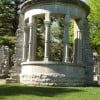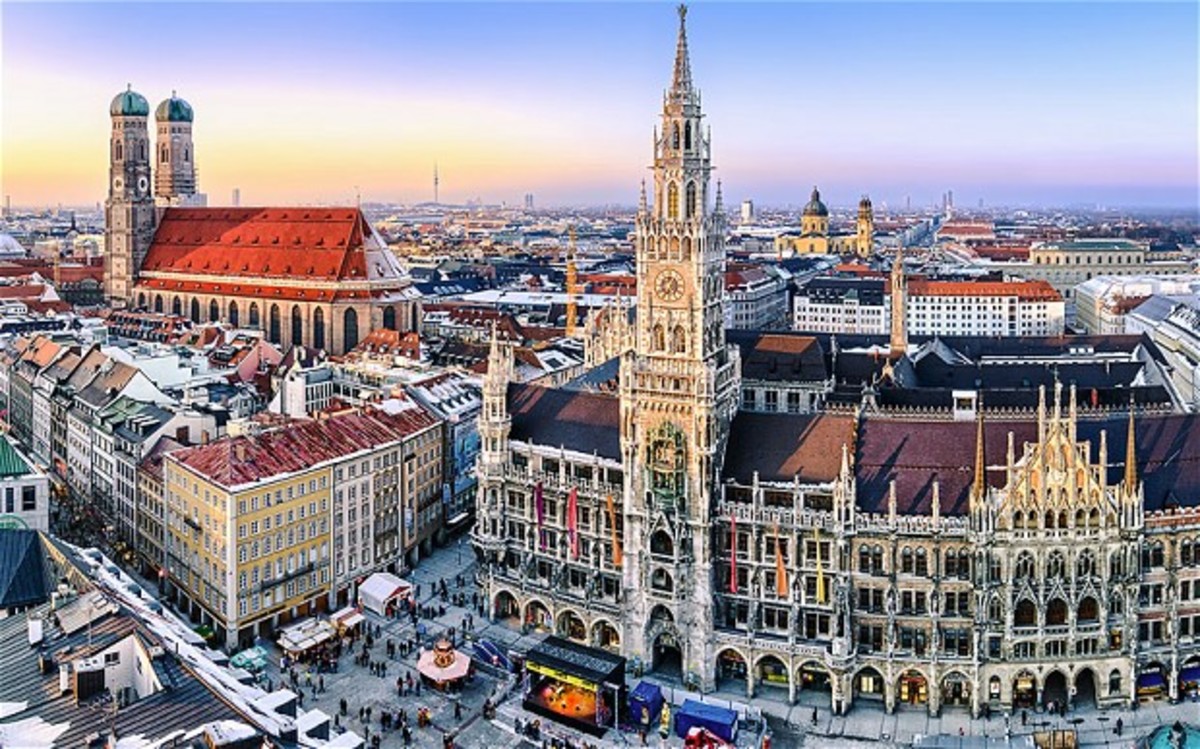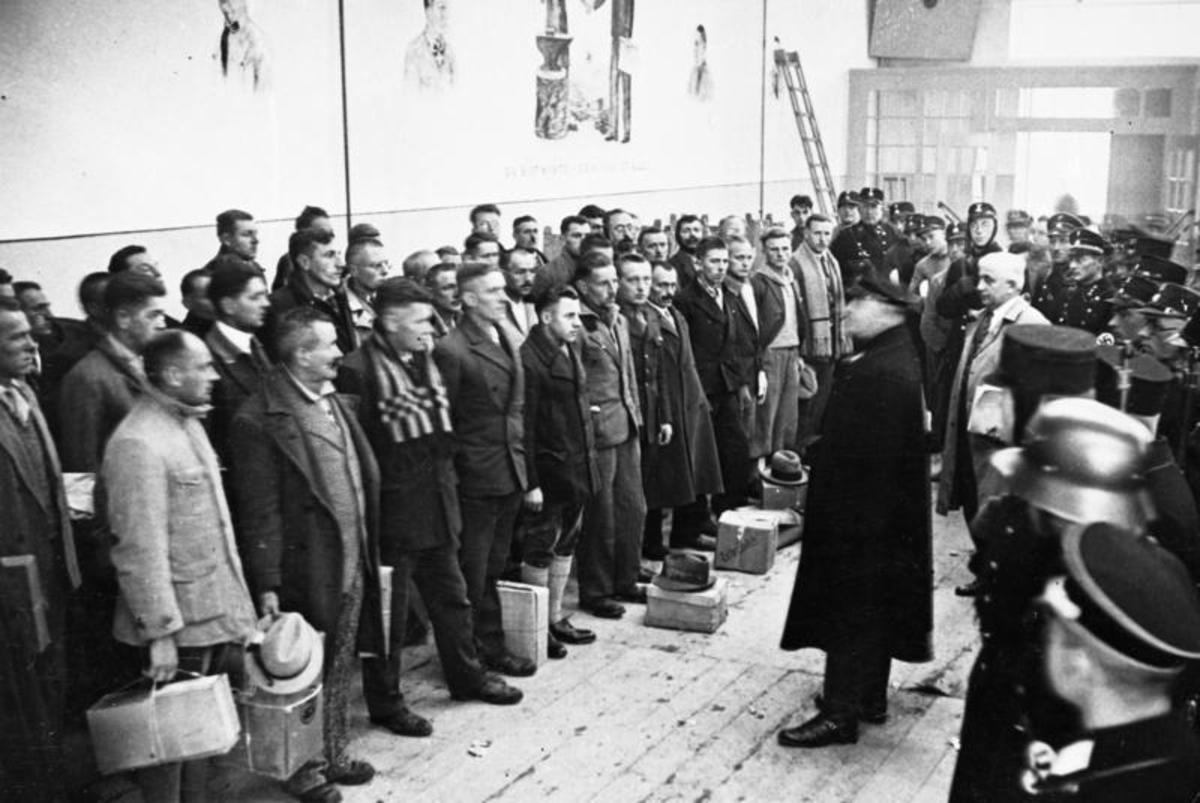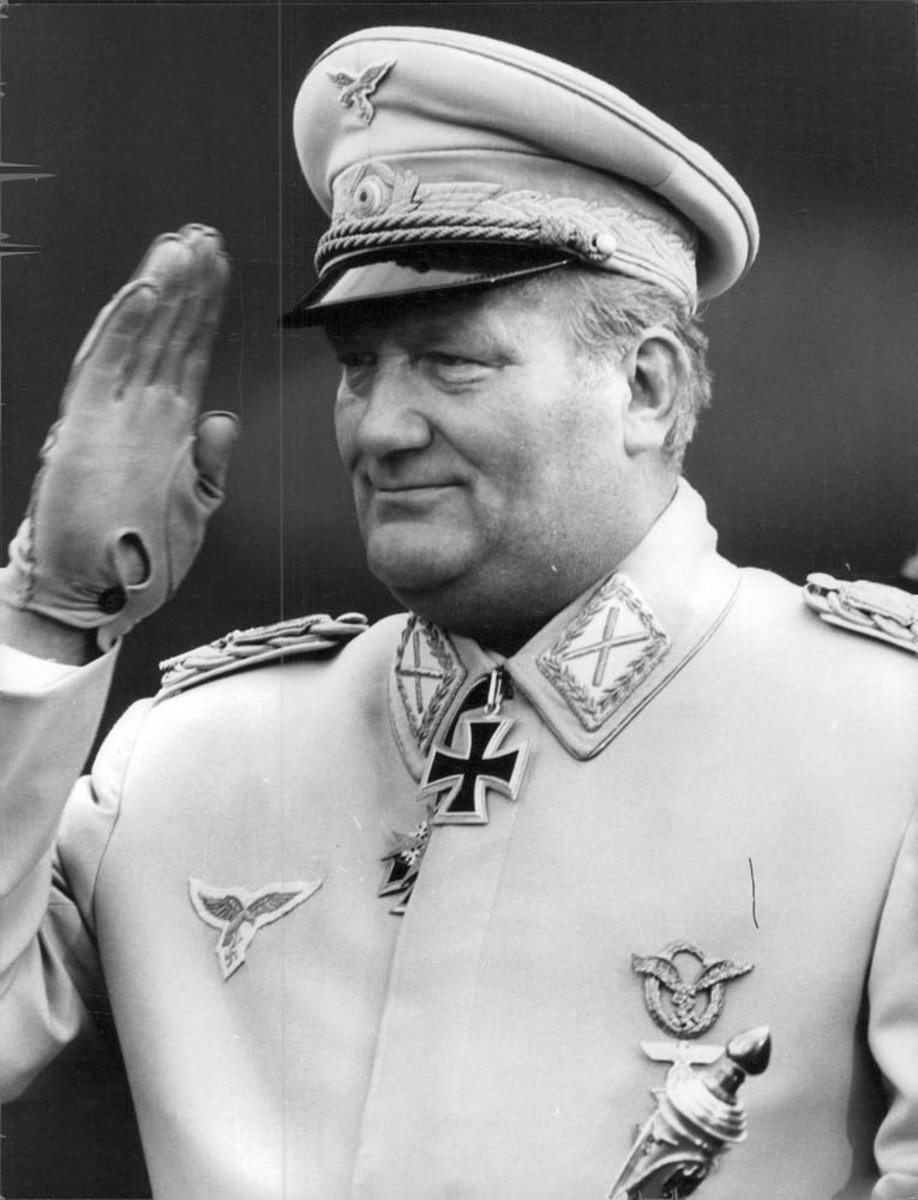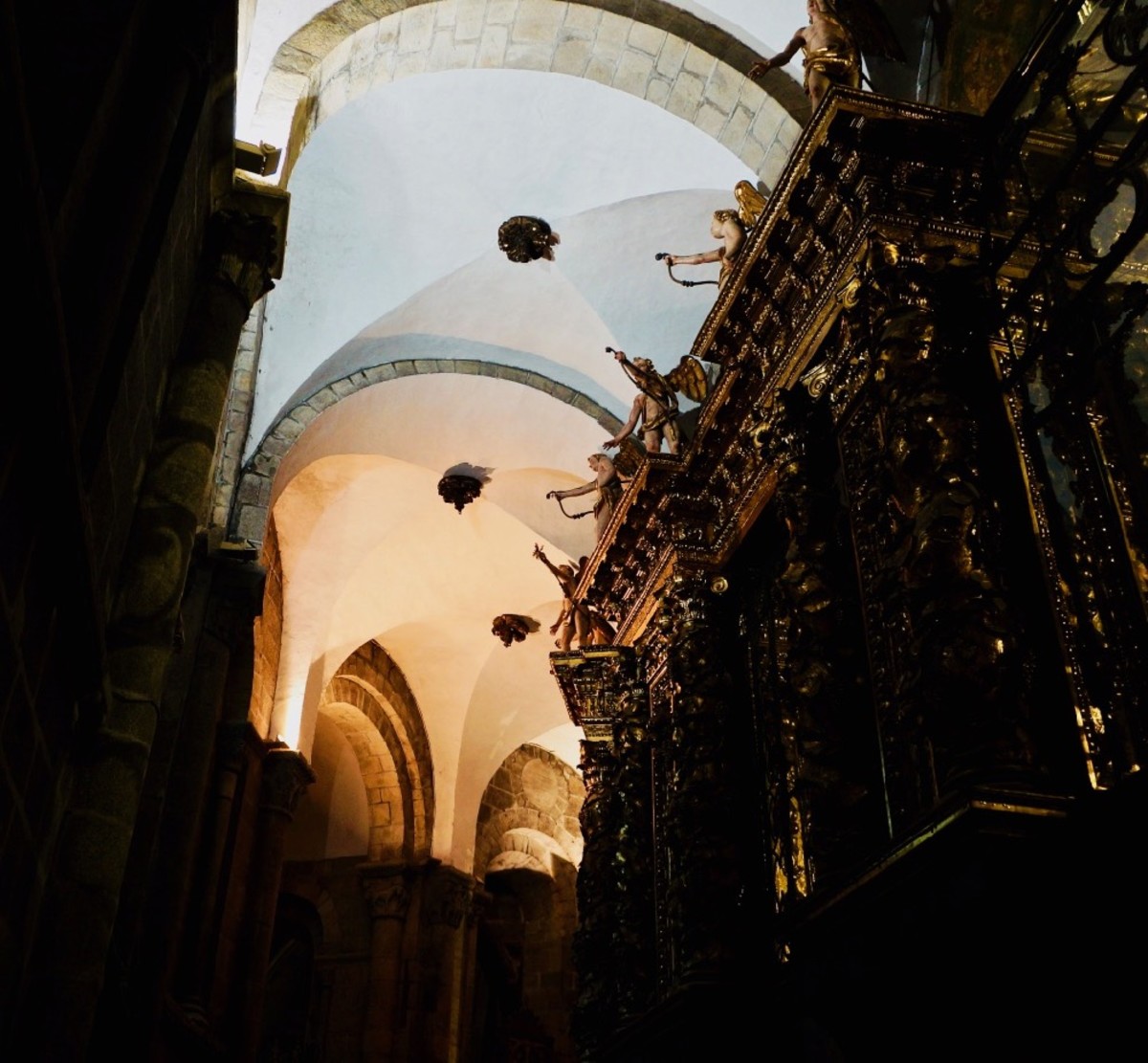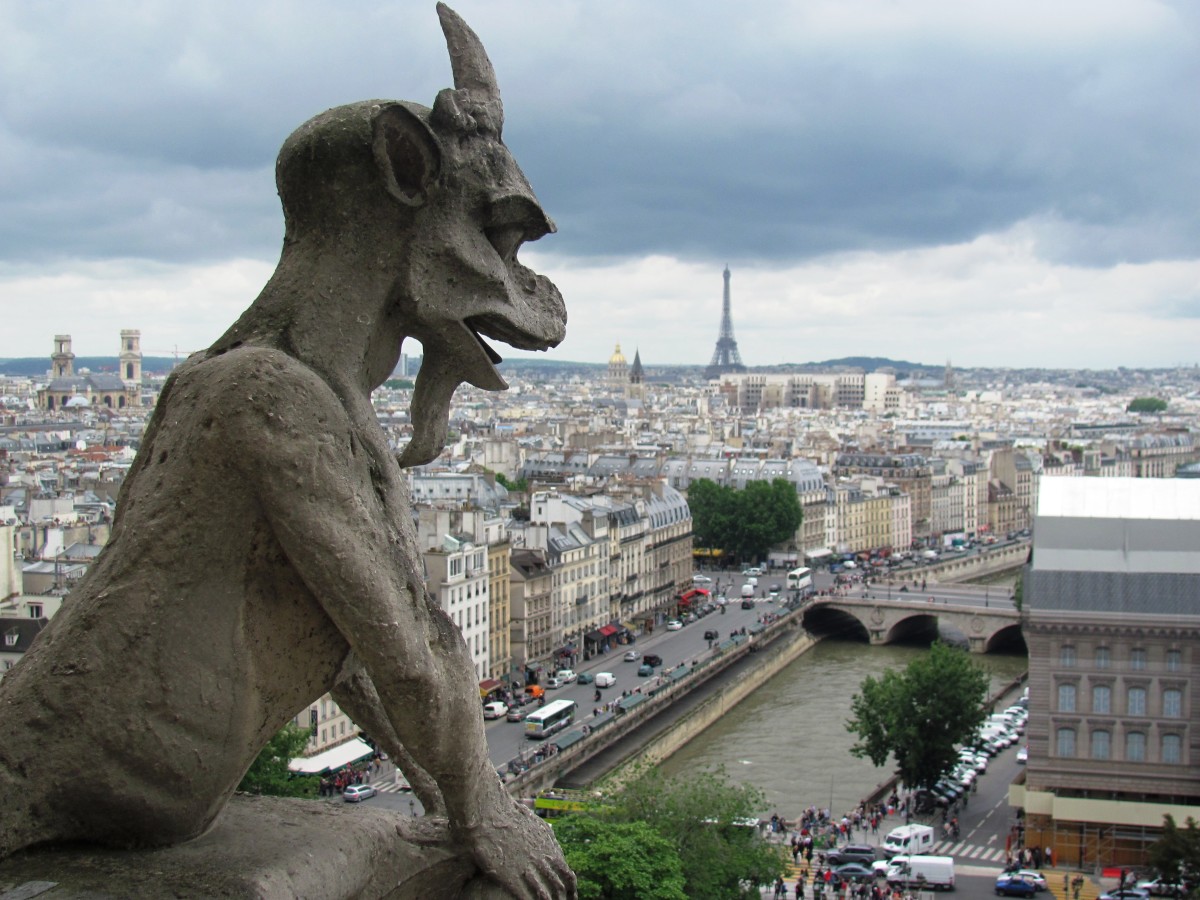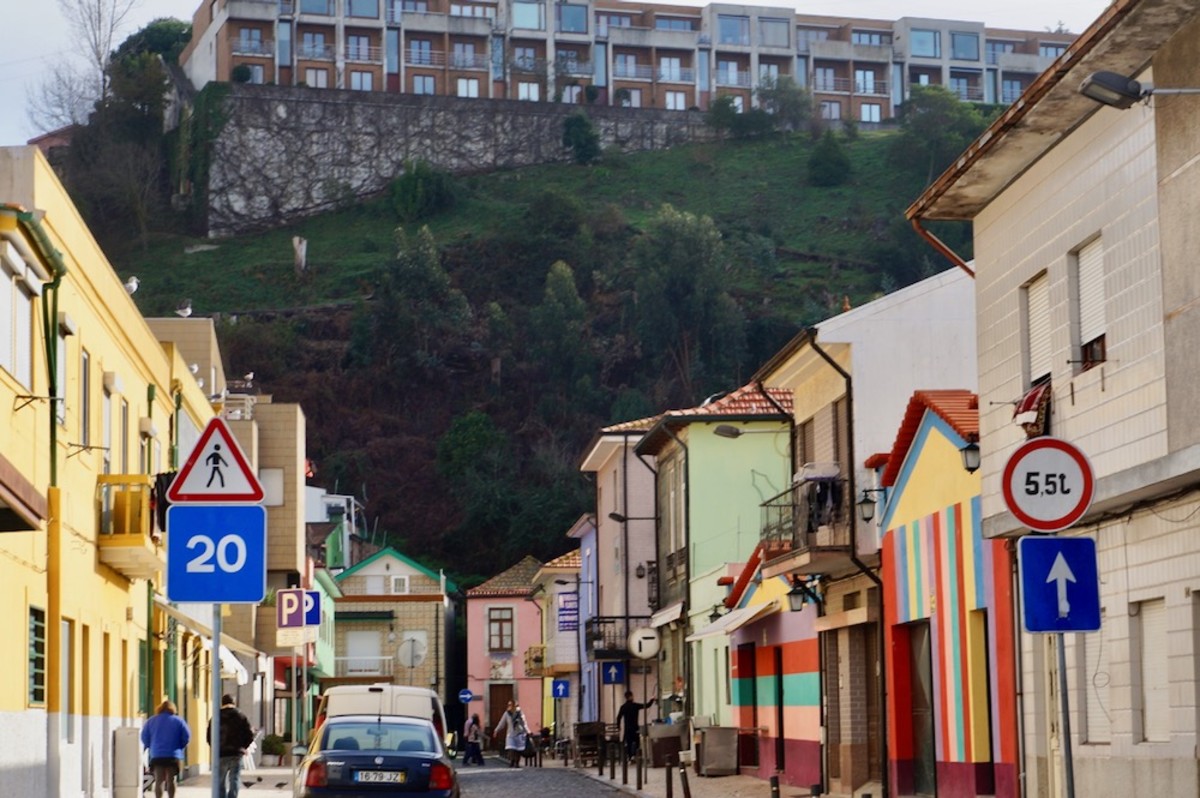Visiting Lieler: Multiple Identities in a Village of the Grand Duchy of Luxembourg, Where Three Countries Meet
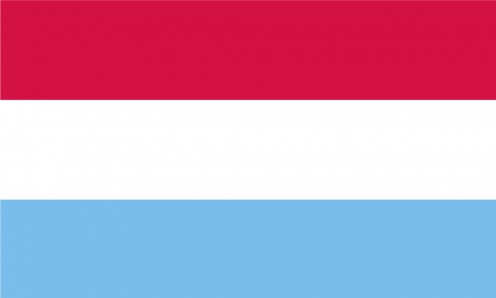
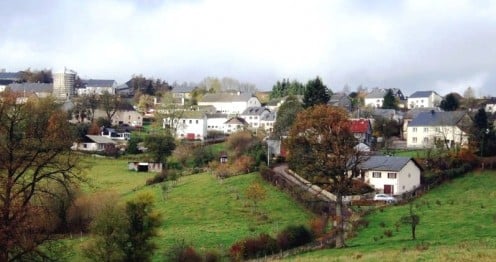
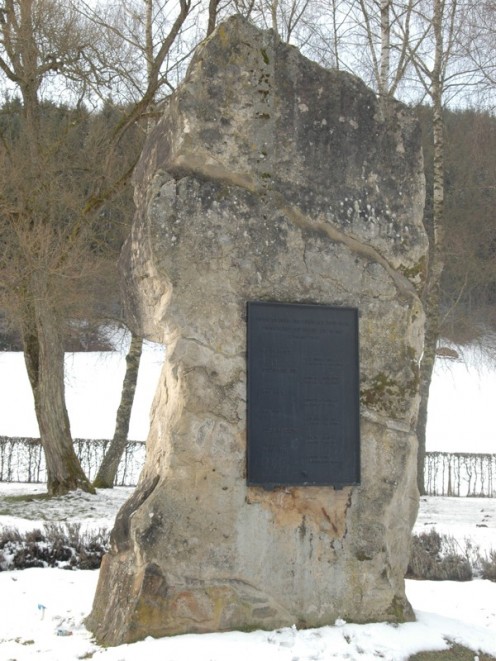
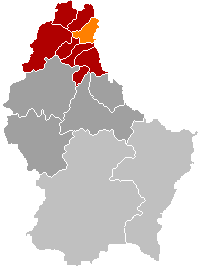
Borders galore
Twice over, the village of Lieler, in the municipality of Heinerscheid, in the Grand Duchy of Luxembourg (1), may be credited with triple identities.
Firstly, as everywhere in the Grand Duchy, it is officially trilingual in French, German and Letzebuergesch, designated the national language — in which language, also, its spelling is different: Léiler. (While many Luxembourg placenames have three, separate spellings for each of these languages, here the spelling 'Lieler' suffices for both French and German.) Likewise, Lieler's municipality of Heinerscheid is known by that name in French and German, while its Letzebuergesch variety has the spelling 'Hengescht' or sometimes 'Hengischt'.
And then secondly, at the borders of Lieler, there is a point where the borders of three countries meet: the Grand Duchy of Luxembourg, Germany, at Sevenig, and Belgium, at Ouren. The authorities of the three countries have collaborated to maintain a park with a European monument, close to the point where these three international borders meet.
Some history
Yet historically, it was not always so. Prior to 1839, there was no border between what are now the Grand Duchy and the Belgian province of Luxembourg. During the French revolutionary period, Lieler was included in what was known as the Département des Forêts . After the Congress of Vienna, 1815, the whole of what were the Austrian Netherlands (basically comprising modern Belgium, and Luxembourg) passed to the Kingdom of The Netherlands. But then in 1918, another change. In the wake of the armistice ending World War 1, when Imperial Germany had occupied Belgium and Luxembourg, what became known as the Ostkantone — of which the neighbouring village of Ouren forms the southernmost part — were annexed by Belgium. The Ostkantone area is basically German-speaking, but it is one of the ironies of history that after World War 1, when popular sovereignty and ethnolinguistic identity were supposedly asserted, this area suddenly passed to Belgium. Thus, despite the fact that Lieler is nowhere near the French-speaking part of Belgium, Lieler suddenly found itself on top of a border with Belgium as well as with Germany.
Fast forward to 1940. The deeply resented Nazi German invaders annexed back to Germany Belgium's Ostkantone. For a few tumultuous years it so happened that Lieler ceased to be at a point where Germany, Belgium and Luxembourg met; indeed, the German made out that Luxembourg itself was really part of Germany. At the end of World War 2, of course, Belgium could only annex back the Ostkantone and Lieler thus acquired its three country border point again. (However, this was not before the Battle of the Bulge had made a deep mark on the northern part of Luxembourg.)
Further back in history
But let us go further back in history. Lieler was already settled in Medieval times and its church — the église Sainte-Croix — dates partly from the 14th century. In this building, during some 20th century restoration, some Medieval mural art was found.
I took away an impression of how clean and well preserved was this white painted building, in this quiet village with a rather unexpected international dimension.
Note
(1) Often, the name of the country, the Grand Duchy of Luxembourg, is specified in order to distinguish it from one of Belgium's provinces, also called Luxembourg.
Also worth visiting
Troisvierges (distance: 12 kilometres) has St. André parish church with an interesting domed spire, and an ornate interior; the main body of the building dates from the 17th century, while the tower was built in 1924. Historical note: World War One on the Western Front started here.
Cinqfontaines Jewish deportation memorial (distance: 13 kilometers); this sombre monument was erected in 1969, and commemorates hundreds of Jews deported by rail during World War Two from near this location.
Clervaux , Luxembourg (distance: 12 kilometres) has a fine castle, ecclesiastical architecture of distinction and memories from the Battle of the Bulge.
Luxembourg City (distance: 67 kilometres); the Gelle Fra monument, commemorating Luxembourg's war dead, is at the Place de la Constitution ; in sight of this square is the Pont Adolphe (Adolf Bridge) across the Pétrusse Valley. Close to the Place de la Constitution are Luxembourg's Cathedral and the adjacent National Library , a former Jesuit college dating from 1603; in the Cathedral's crypt are the remains of Jean the Blind of Luxembourg, who was killed at Crécy in 1346. The Grand Ducal Palace , dating from the 16th century, is in Flemish Renaissance style: the monarch's residence and office since 1890.
Bastogne , Belgium (distance: 38 kilometres), is visited by many Americans on account of its Battle of the Bulge associations.
...
How to get there: The nearest large international airport is Luxembourg (Aéroport de Luxembourg ), at Findel, from where car rental is available. For North American travellers making the London, England area their touring base, airlines flying to Luxembourg include Luxair (from London Heathrow Airport and London City Airport) and CityJet (from London City Airport). Please check with the airline or your travel agent for up to date information. Please refer to appropriate consular sources for any special border crossing arrangements which may apply to citizens of certain nationalities.
MJFenn is an independent travel writer based in Ontario, Canada.
Other of my hubpages may also be of interest
- Visiting Cinqfontaines, Luxembourg: remembering World War Two inhumanity in the Grand Duchy
This memorial and its location near the boundary between Troisvierges and Wincrange are both easy to overlook, but the events they evoke are so horrendous as to make remembrance imperative. Via the... - Visiting Clervaux in the Grand Duchy of Luxembourg: rich architectural heritage and Battle of the Bu
Clervaux, the name of a municipality and an administrative canton, is one of those places where history seems to tread everywhere you look. The medieval castle which stands in the centre of town was founded...
